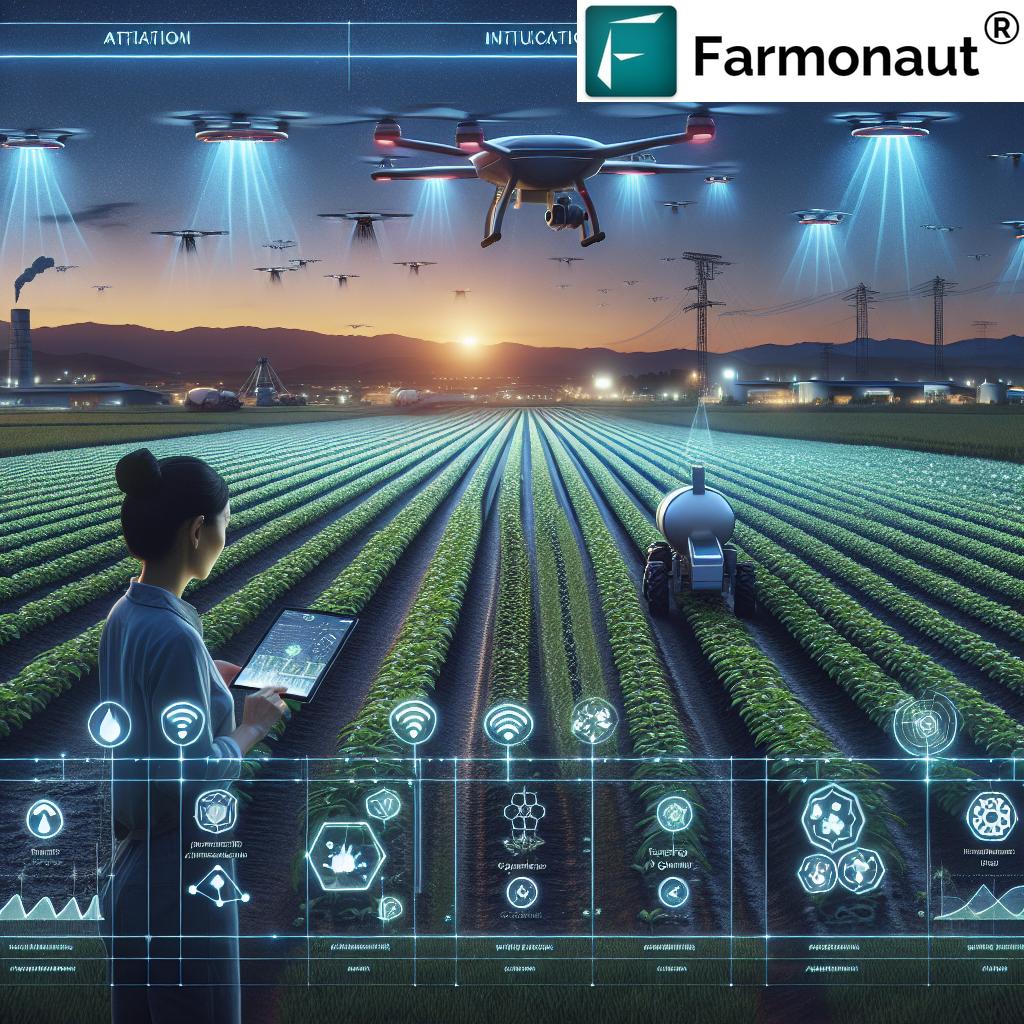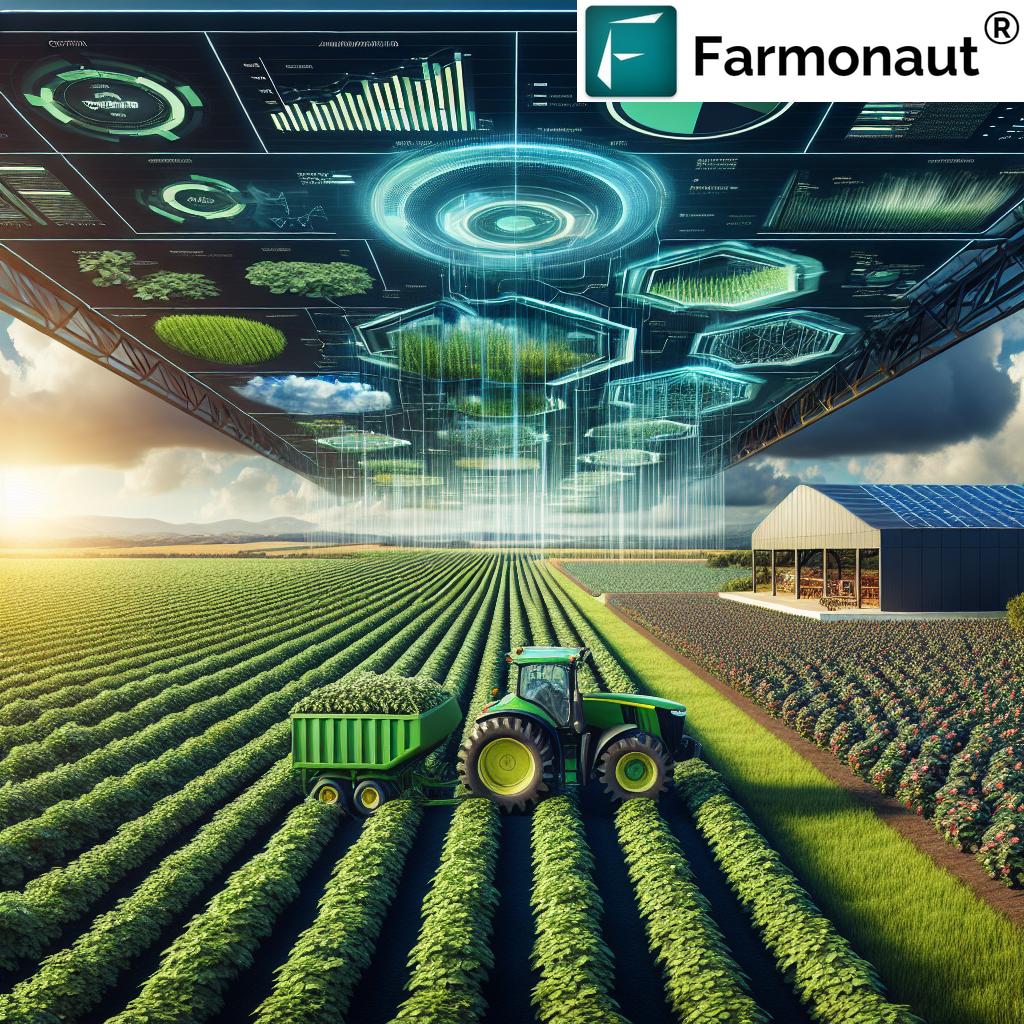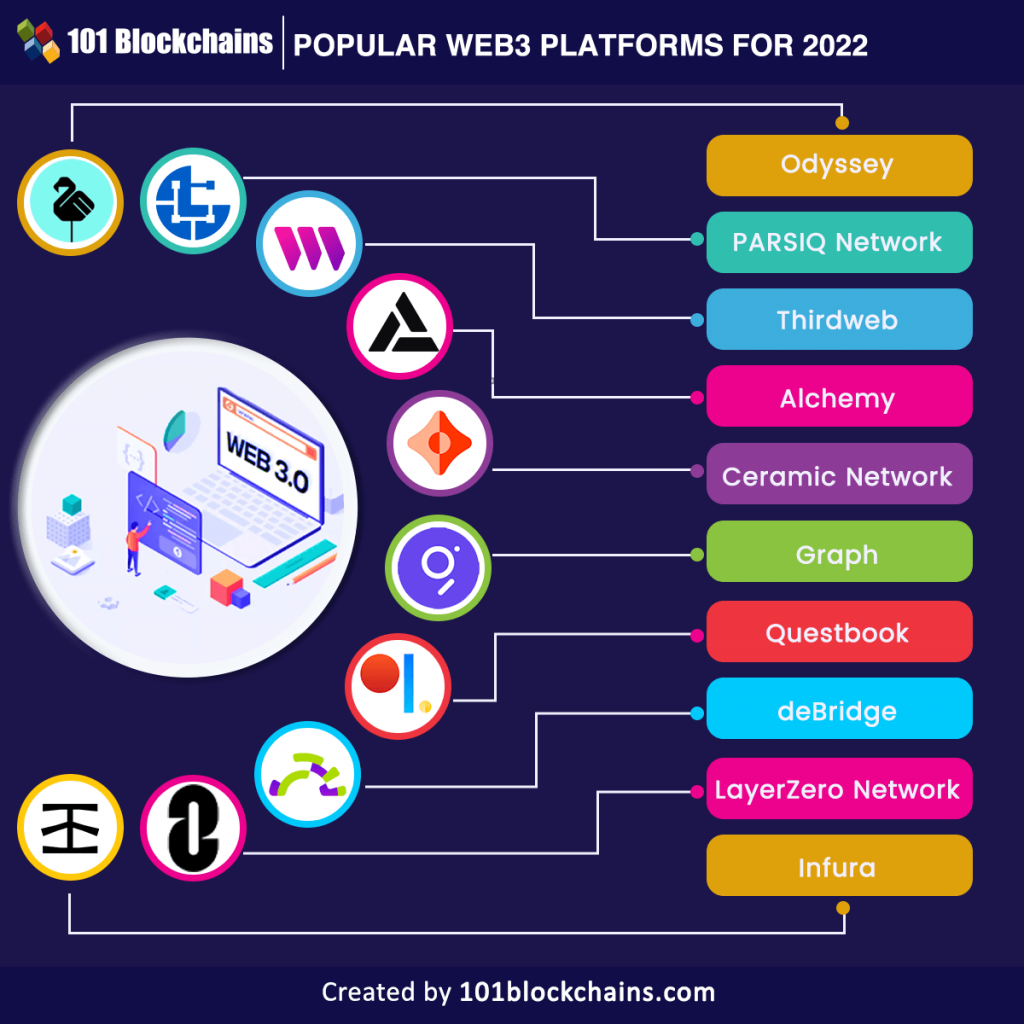
Unlocking the Future: AI in Agriculture for Smart Farming & Sustainable Yields
Imagine a world where farms are not just fields, but intelligent ecosystems. Where every plant receives exactly what it needs, pests are identified before they cause damage, and harvests are optimized with unparalleled precision. This isn’t science fiction; it’s the reality being shaped by the integration of Artificial Intelligence (AI) in agriculture.
AI is revolutionizing smart farming, transforming traditional methods into highly efficient, data-driven operations. From tiny sensors in the soil to autonomous tractors navigating vast fields, AI is helping farmers worldwide achieve sustainable yields and meet the growing demand for food in an environmentally responsible way.
Why AI in Agriculture? The Urgent Need for Smart Farming
The agricultural sector faces immense challenges:
- Growing Global Population: By 2050, the world population is projected to reach nearly 10 billion, demanding a significant increase in food production.
- Limited Arable Land: The amount of land suitable for farming is finite and, in some areas, shrinking due to urbanization and degradation.
- Climate Change: Unpredictable weather patterns, droughts, floods, and extreme temperatures pose constant threats to crop stability.
- Water Scarcity: Agriculture is a major consumer of freshwater, and efficient water management is critical.
- Labor Shortages: Many regions face a declining workforce willing to engage in traditional farm labor.
- Environmental Impact: Excessive use of pesticides, fertilizers, and water can harm ecosystems and contribute to pollution.
AI in agriculture offers powerful solutions to these challenges, enabling farmers to do more with less, protect the environment, and ensure food security for future generations.
How AI is Transforming Farming: Key Applications
AI’s applications in smart farming are diverse and impactful, touching almost every aspect of the agricultural process.
1. Precision Agriculture: The Right Input at the Right Time
Think of precision agriculture as personalized care for every single plant. Instead of treating an entire field uniformly, AI-powered systems analyze specific conditions and apply resources exactly where they’re needed.
- How it works:
- Sensors: Tiny sensors placed in the soil gather data on moisture levels, nutrient content, and pH.
- Drones & Satellites: Equipped with specialized cameras, these flying eyes capture high-resolution images of crops, revealing variations in growth, health, and stress.
- AI Analysis: Machine learning algorithms process this vast amount of data, identifying problem areas or areas of optimal health.
- Benefits:
- Optimized Resource Use: Targeted application of water, fertilizers, and pesticides significantly reduces waste.
- Reduced Costs: Less waste means lower expenses on inputs.
- Environmental Protection: Minimizes chemical runoff and conserves water.
2. Crop Monitoring & Health Management
AI systems can act as constant, vigilant eyes over your crops, detecting issues long before a human can.
- How it works:
- Computer Vision: AI analyzes images from drones or ground-based cameras to identify subtle changes in plant color, size, and leaf structure.
- Early Disease Detection: Machine learning models are trained on vast datasets of healthy and diseased plants, allowing them to spot early signs of fungal infections, nutrient deficiencies, or other ailments.
- Benefits:
- Proactive Intervention: Farmers can address problems quickly, preventing widespread crop damage.
- Improved Yields: Healthy plants lead to better harvests.
- Reduced Chemical Use: Targeted treatment means less broad-spectrum spraying.
3. Pest & Weed Detection and Management
Pests and weeds are perennial threats to crop yields. AI offers a smarter, more targeted approach to managing them.
- How it works:
- Image Recognition: AI can differentiate between crops, weeds, and specific insect pests based on visual data.
- Acoustic Sensors: Some AI systems can even identify pests by the sounds they make.
- Robotic Weeding: AI-powered robots can precisely identify and remove weeds, reducing the need for herbicides.
- Benefits:
- Targeted Treatment: Apply pesticides only to affected areas, or use mechanical weeding, significantly reducing chemical exposure.
- Reduced Labor: Automated systems can handle repetitive tasks.
- Healthier Crops: Less competition from weeds and fewer pest infestations.
4. Automated Machinery & Agricultural Robotics
The sight of autonomous tractors and harvesting robots is becoming increasingly common on modern farms.
- How it works:
- GPS & Sensors: Robots use precise GPS coordinates and various sensors (LIDAR, cameras) to navigate fields.
- Machine Learning for Tasks: AI algorithms enable robots to perform complex tasks like planting seeds at optimal depth, picking ripe fruits without damage, or precisely spraying individual plants.
- Drones for Spraying & Mapping: Drones equipped with AI can autonomously fly over fields, spraying specific areas with precision or creating detailed 3D maps.
- Benefits:
- Increased Efficiency: Machines can operate 24/7, covering large areas quickly.
- Reduced Labor Costs: Less reliance on manual labor for repetitive or strenuous tasks.
- Enhanced Precision: More accurate planting, harvesting, and application of inputs.
5. Predictive Analytics & Climate Resilience
Forecasting is crucial in farming, and AI takes it to a new level.
- How it works:
- Data Integration: AI analyzes vast datasets including historical weather patterns, real-time climate data, soil conditions, crop models, and market prices.
- Yield Prediction: Accurately predicts potential crop yields, helping farmers plan logistics and market their produce.
- Optimal Planting Times: Recommends the best times for planting, fertilizing, and harvesting based on predicted conditions.
- Drought/Flood Prediction: Helps farmers prepare for extreme weather events, optimizing irrigation or drainage strategies.
- Benefits:
- Risk Mitigation: Reduces losses due to unpredictable weather or market fluctuations.
- Better Planning: Enables farmers to make informed decisions about crop selection, resource allocation, and market strategy.
- Climate-Smart Agriculture: Adapts farming practices to a changing climate, ensuring long-term sustainability.
6. Supply Chain Optimization
Beyond the farm gate, AI is streamlining the entire agricultural supply chain.
- How it works:
- Logistics Optimization: AI algorithms can determine the most efficient routes for transporting produce, reducing fuel consumption and delivery times.
- Demand Forecasting: Predicts consumer demand, helping reduce overproduction and food waste.
- Quality Control: AI-powered sorting machines can inspect produce for defects, ensuring only high-quality items reach consumers.
- Benefits:
- Reduced Food Waste: Less spoilage during transport and storage.
- Improved Freshness: Faster, more efficient delivery means fresher produce for consumers.
- Cost Savings: Optimized logistics and reduced waste contribute to lower operational costs.
The Major Benefits of AI in Agriculture
The widespread adoption of AI in farming brings a multitude of advantages:
- Increased Crop Yields: By optimizing every input and managing threats effectively, AI helps farmers grow more food from the same amount of land.
- Reduced Resource Waste: Significant cuts in water, fertilizer, and pesticide usage, leading to both economic and environmental benefits.
- Lower Environmental Impact: Decreased chemical runoff, less greenhouse gas emissions from efficient machinery, and healthier soil.
- Improved Food Quality & Safety: Better monitoring and targeted treatments lead to healthier produce with fewer residues.
- Significant Cost Savings: Reduced input costs, labor expenses, and losses due to disease or waste.
- Enhanced Decision-Making: Farmers gain data-driven insights, empowering them to make smarter, more profitable choices.
- Greater Food Security: By increasing efficiency and resilience, AI contributes directly to feeding a growing global population.
Challenges and the Future Outlook
While the promise of AI in agriculture is immense, there are challenges to address:
- Initial Investment Costs: AI technologies can be expensive to implement, posing a barrier for small and medium-sized farms.
- Data Privacy and Security: Protecting sensitive farm data is crucial.
- Digital Divide: Ensuring access to technology and internet connectivity in rural areas.
- Skill Gap: Farmers need training and support to effectively utilize these advanced tools.
Despite these hurdles, the future of AI in agriculture is incredibly bright. We can expect to see:
- More Affordable and Accessible Solutions: As technology matures, costs will decrease, making AI more widely available.
- Hyper-Personalized Farming: Even more granular data analysis leading to truly individual plant care.
- Swarm Robotics: Fleets of small, cooperative robots performing tasks with incredible efficiency.
- AI-Powered Vertical Farms: Fully controlled indoor environments optimized by AI for maximum yield in minimal space.
- Integrated Farm Management Systems: AI will connect all aspects of the farm, providing a holistic view and autonomous control.
Conclusion: Cultivating a Greener, More Abundant Future
AI in agriculture is more than just a technological trend; it’s a fundamental shift in how we produce food. By leveraging the power of data, machine learning, and automation, AI is empowering farmers to overcome unprecedented challenges, achieve sustainable yields, and create a more resilient and efficient food system.
As we look to feed a growing world while protecting our planet, smart farming driven by agricultural AI is not just an option – it’s an essential path forward. It promises a future where technology and nature work hand-in-hand to cultivate a greener, more abundant world for generations to come.



Post Comment